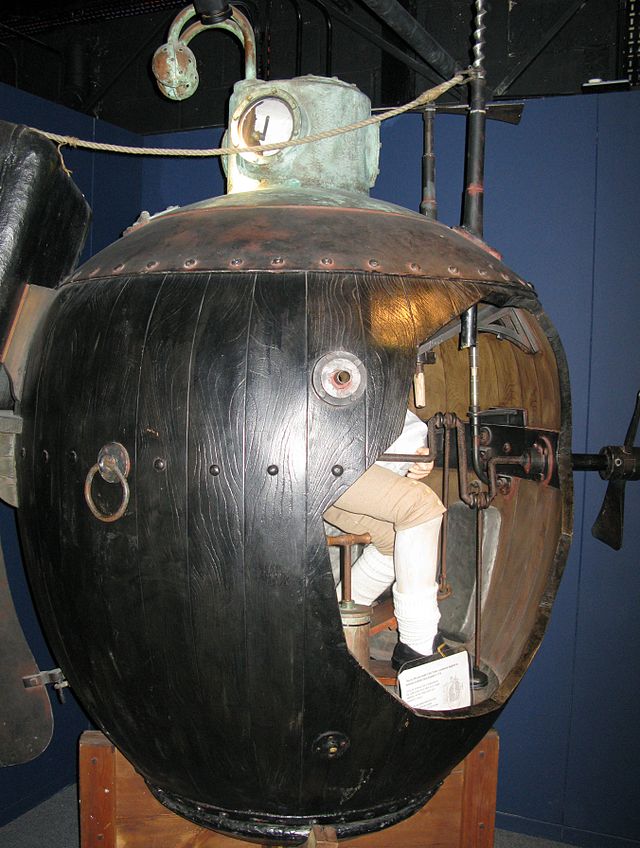A Weekend Rich in Maritime History
Replica of Magellan's Vittoria built in 1992, visiting Nagoya, Japan, for Expo 2005.
September 5, 1863
U.S. foreign minister threatens the British over ships: The United States Foreign Minister to Great Britain, Charles Francis Adams, sends an angry letter to the British government warning that war between the two nations could erupt if it allows a pair of powerful ironclad ships, designed to help the Confederates break the Union naval blockade, to set sail.
Confederate agent James Bulloch contracted the Laird Shipbuilding Company to construct two ironclads with large iron spikes attached to their prows in order to ram wooden Union blockade ships. In the summer of 1863, Union spies delivered the details of their construction to Adams, who then sent a series of angry and threatening letters warning the British of the consequences of allowing the ships to sail.
September 6, 1522
Magellan's expedition circumnavigates globe: One of Ferdinand Magellan's five ships - the Vittoria - arrives at SanlÚcar de Barrameda in Spain, thus completing the first circumnavigation of the world. The Vittoria was commanded by Basque navigator Juan SebastiÁn de Elcano, who took charge of the vessel after the murder of Magellan in the Philippines in April 1521. During a long, hard journey home, the people on the ship suffered from starvation, scurvy, and harassment by Portuguese ships. Only Elcano, 17 other Europeans, and four Indians survived to reach Spain in September 1522. The vessel sailed across the Indian Ocean, and rounded the Cape of Good Hope before arriving at the Spanish port. The Vittoria then sailed up the Guadalquivir River, reaching Seville a few days later.
September 7, 1776
World's first submarine attack: On this day in 1776, during the Revolutionary War, the American submersible craft Turtle attempts to attach a time bomb to the hull of British Admiral Richard Howe's flagship Eagle in New York Harbor. It was the first use of a submarine in warfare. [Pictured: A cutaway full size replica of theTurtle on display at the Royal Navy Submarine Museum, Gosport, UK]

that matters most
Get the latest maritime news delivered to your inbox daily.
September 7, 1977
Panama to control canal: In Washington, President Jimmy Carter and Panamanian dictator Omar Torrijos sign a treaty agreeing to transfer control of the Panama Canal from the United States to Panama at the end of the 20th century. The Panama Canal Treaty also authorized the immediate abolishment of the Canal Zone, a 10-mile-wide, 40-mile-long U.S.-controlled area that bisected the Republic of Panama. Many in Congress opposed giving up control of the Panama Canal - an enduring symbol of U.S. power and technological prowess - but America's colonial-type administration of the strategic waterway had long irritated Panamanians and other Latin Americans.
